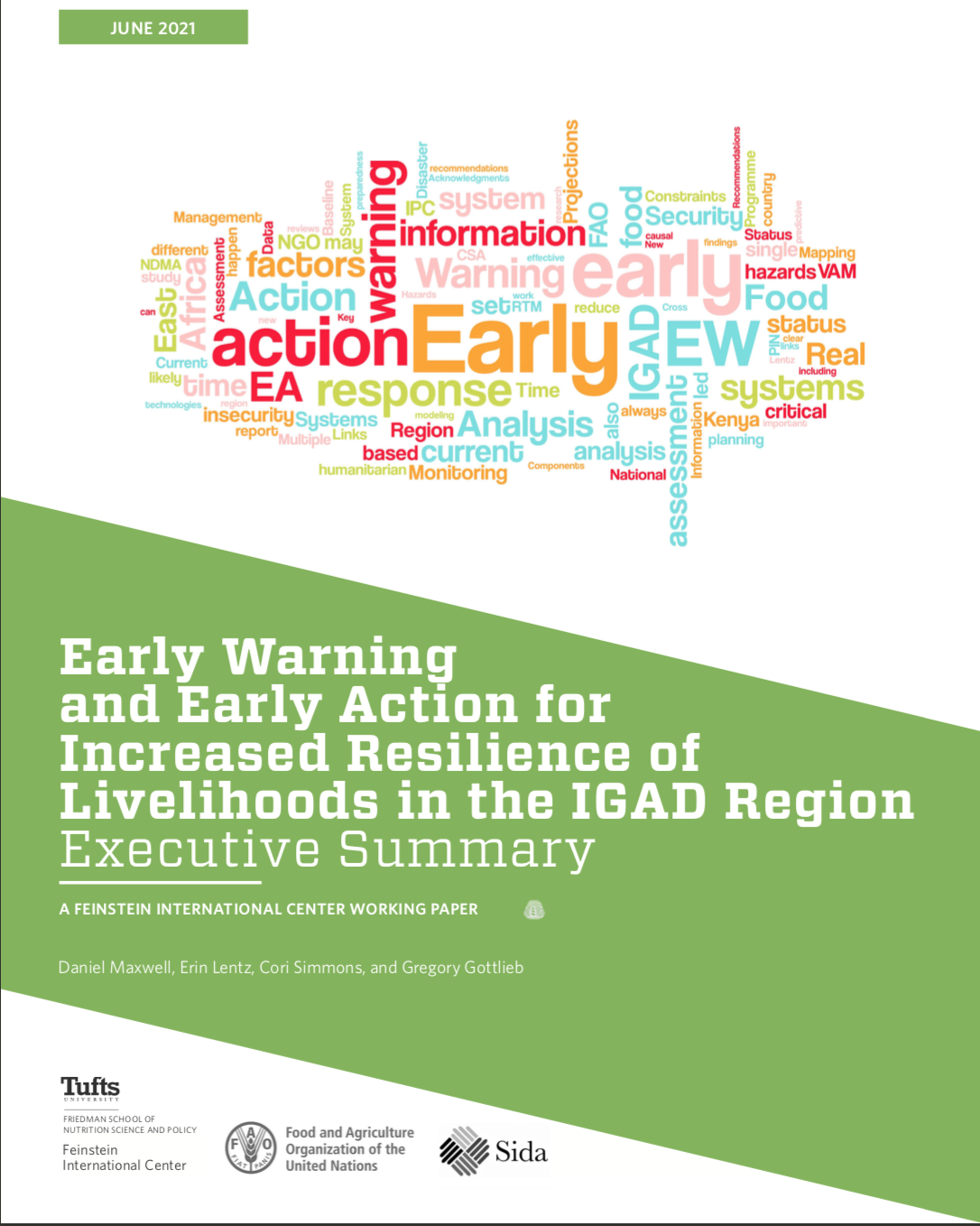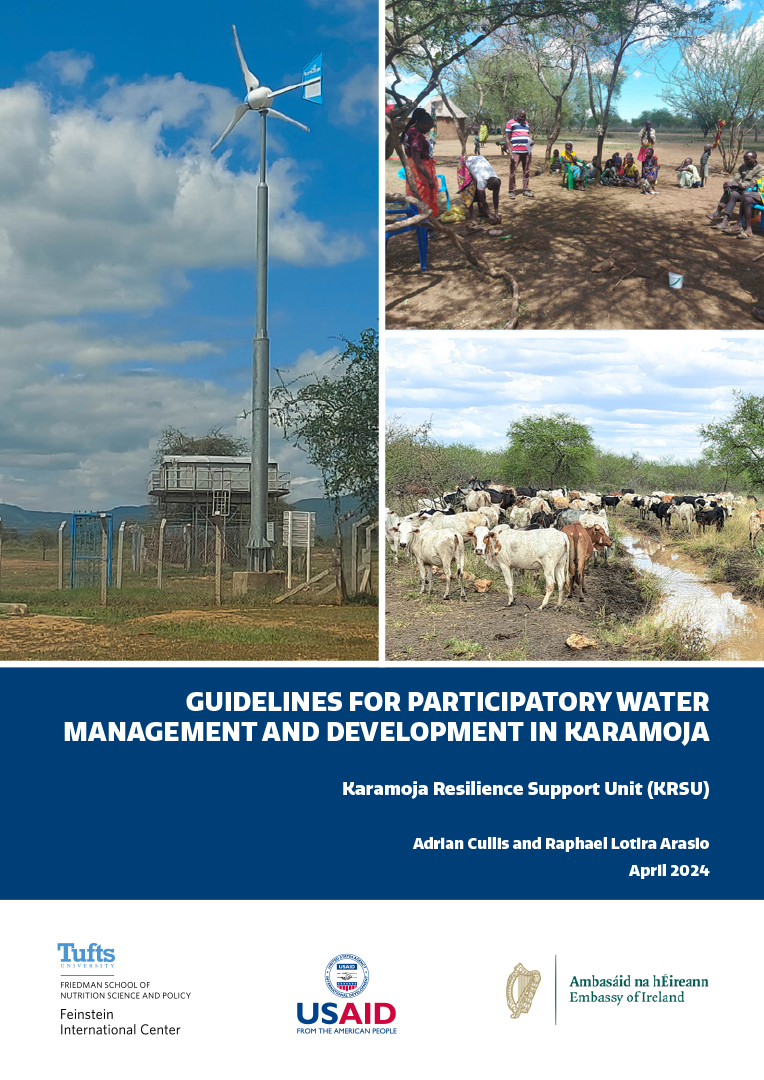Multiple calls have been issued for better preparedness, early warning, and, above all, early action to prevent hunger and malnutrition, reduce the scale of food insecurity, improve resilience, and reduce the amount of money spent on responding to crises every year.
Nowhere have these challenges been greater than in East Africa. A recent study on food security information systems in East Africa noted that despite years of attention, the link from early warning to early action is still not as effective as it could be. And although conflict is a common driver of humanitarian crisis, conflict early warning and action remains especially weak.
As traditional EW-EA systems struggle to meet the challenges, new initiatives are attempting to address the challenges using advanced machine learning and predictive analytics. But part of the issue is the sheer volume of information and how well it informs coherent action.
Therefore, our primary recommendation is to “reverse engineer” the EW-EA system. First, consider the actions that can be taken to mitigate known or expected shocks, and then derive the information needs (including PA) from those considerations.
This study was commissioned by the FAO Subregional Office for Eastern Africa to examine the links between early warning and early action (EW-EA) in East Africa.
This study reviews current EW-EA systems in East Africa to identify the key constraints to improving early warning and early action, as well as practices and emerging initiatives relying on predictive analytics and machine learning, to ensure early warning systems suit the needs of decisionmakers and enable early action for improved resilience in the Intergovernmental Authority on Development (IGAD) region.
This is the Executive Summary of a multi-part report:
- Report 1 provides the background to the study, a brief conceptual overview, the main findings of the study, and the recommendations to FAO and IGAD.
- Report 2 provides a description of existing regional and national EW-EA systems.
- Report 3 deals specifically with new technology in predictive analytics and machine learning to enhance approaches to EW-EA.







